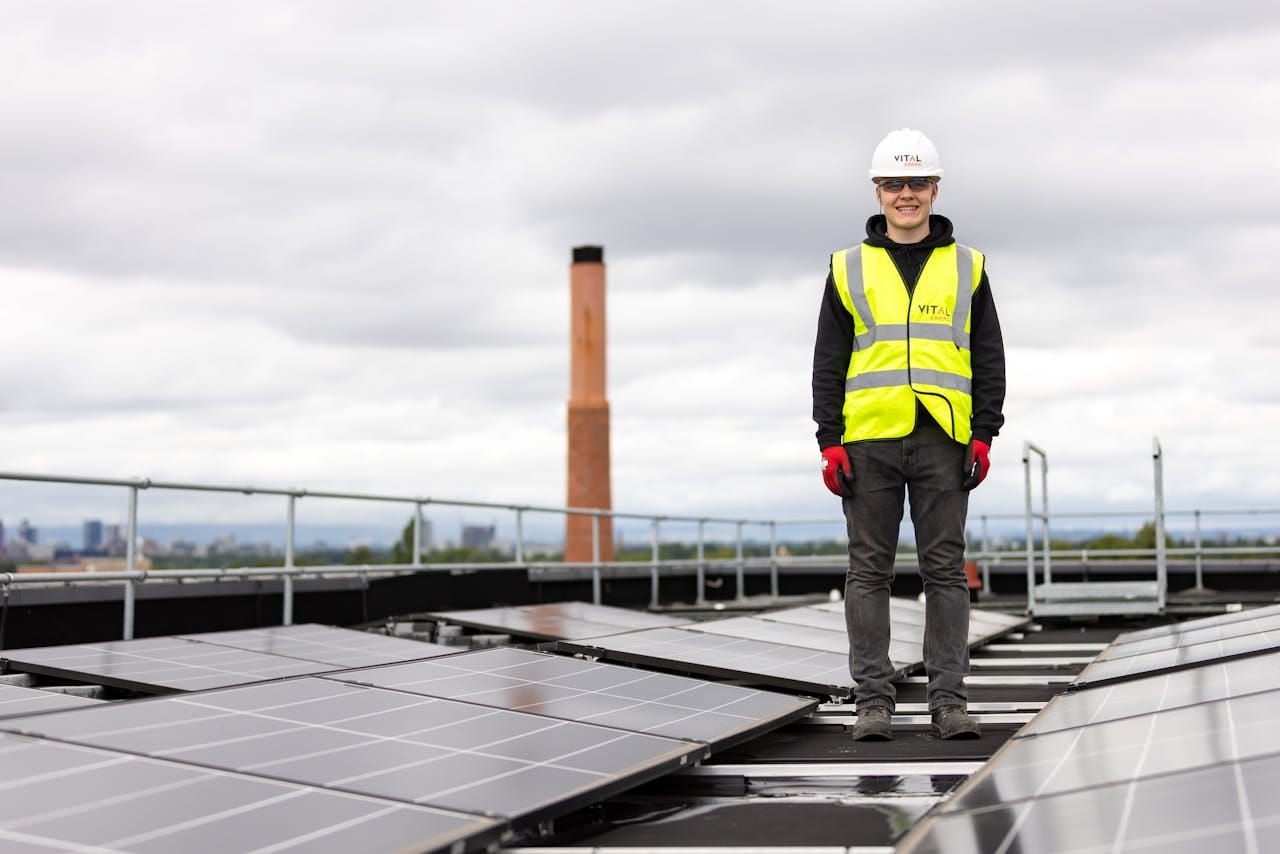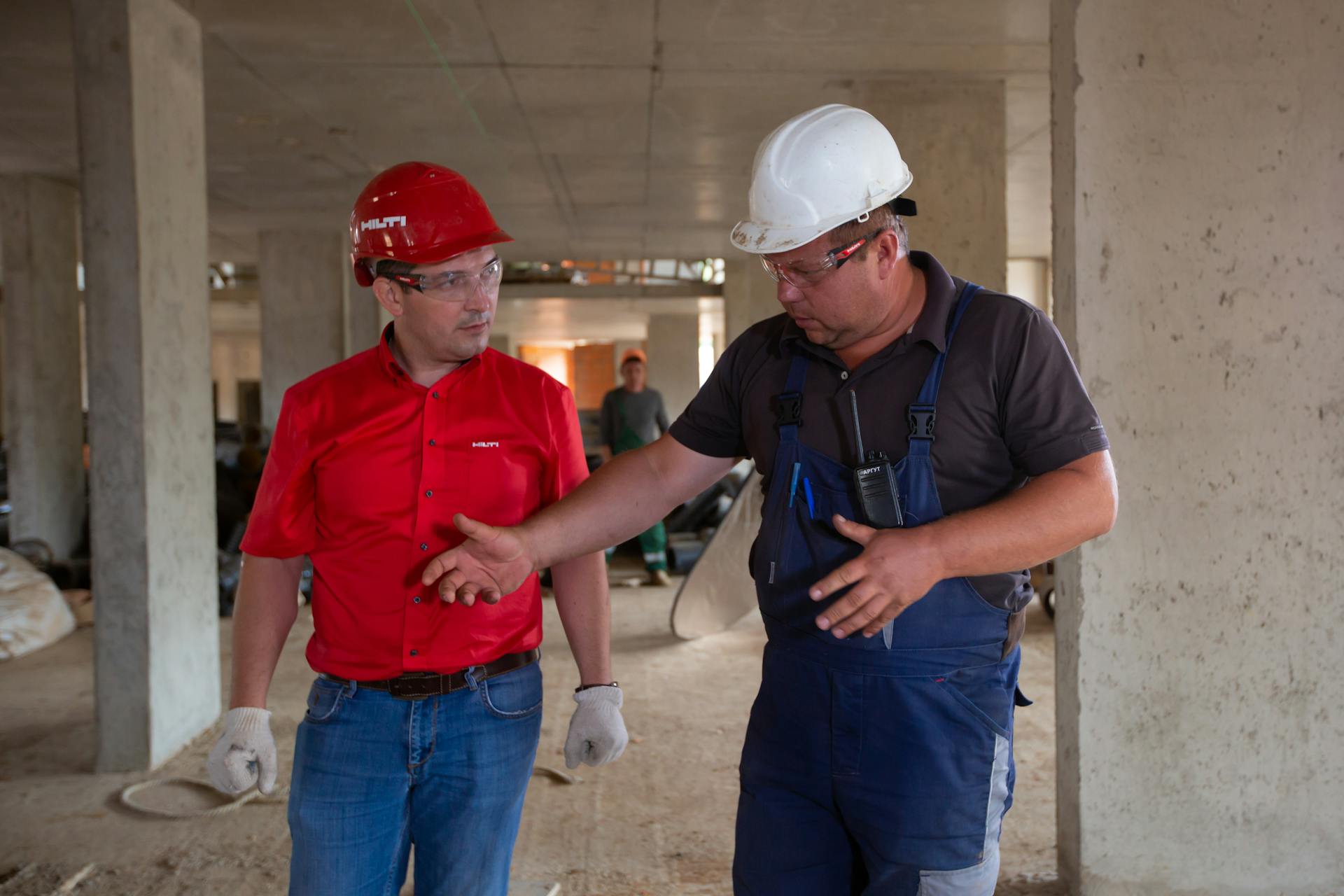The Australian renewable energy sector is booming. As the country accelerates its transition to net zero, job opportunities in solar, wind, hydro, and battery technologies are expanding faster than ever. For job seekers across Australia — especially in states like WA where large-scale projects are underway — now is a prime time to enter the sector.
Whether you’re a tradesperson, a graduate, or looking to transition from another industry, this guide walks you through how to get job-ready and land a role in renewables.
Why Choose Renewable Energy in Australia?
- It’s the fastest-growing employment sector
The Clean Energy Council predicts over 50,000 new jobs could be created by 2030. Roles range from project planning and engineering to on-site technicians and administrative support. - Australia has nationwide opportunities
Key growth areas include:
- Western Australia: wind farms, solar fields, and battery storage projects
- Queensland: renewable energy zones (REZs) and hydrogen
- Victoria and NSW: strong rooftop solar and offshore wind developments
- The industry offers something for everyone
From site-based roles to office-based project management, there’s space for both entry-level and experienced professionals.
What Roles Are in Demand?
| Role Type | Common Job Titles | Entry Requirements |
| Trades & Technicians | Wind/Solar Technician, Electrician | Cert III+ (TAFE), Electrical licence |
| Engineering | Project Engineer, Site Engineer | STEM degree, infrastructure experience |
| Professional Services | Project Manager, HSE, Finance | Degree/diploma/experience |
| Operations | Plant Operator, Maintenance | TAFE Cert., tickets, hands-on training |
| Admin & Support | Project Admin, Community Liaison | Cert IV or diploma in HR/Comms/Business |
| Emerging Tech | Data Analyst, AI/Machine Learning | STEM/IT degree, data/automation experience |
Across all roles, employers value safety awareness, a proactive mindset, and site-readiness (e.g., White Card, licences).
1. Understand the Industry Landscape
Australia’s decarbonisation goals are driving major investments. According to the Australian Energy Market Operator (AEMO), more than 50 GW of renewable capacity is required by 2050 to meet national targets.
Key technological focuses include:
- Solar: rooftop and utility-scale
- Wind: both onshore and upcoming offshore
- Battery storage: lithium-ion and long-duration energy storage
- Hydro/pumped hydro: including Snowy Hydro and regional projects
- Electric vehicles: charging stations and grid integration
WA Insight: Projects like the Asian Renewable Energy Hub and the Kwinana Big Battery are positioning Western Australia as a renewables powerhouse.
2. Choose Your Path: University, TAFE, or Transition
University Pathways
Top disciplines:
- Electrical, Civil or Mechanical Engineering
- Environmental Science
- Project or Business Management
- IT/Data Science
Many Australian universities now offer:
- Undergraduate renewable energy streams
- Postgrad qualifications in energy systems and sustainability
You don’t need to be an engineer to enter the industry. Support functions like policy, HR, communications, and logistics are essential too.
TAFE & Vocational Pathways
Practical qualifications to consider:
- Cert III in Electrotechnology: a go-to for electricians entering solar/wind
- Cert III in Engineering (Mechanical/Plant): for wind and battery maintenance
- Solar Installer Accreditation (e.g. through CEC)
- IRATA rope access for turbine work
These pathways are ideal if you want to get site-ready quickly and start earning while you learn.
Transitioning from Other Industries
The following industries offer transferable skills:
- Mining: machinery ops, safety systems, electrical experience
- Construction: logistics, supervision, cranes, rigging
- Manufacturing: quality assurance, compliance, maintenance
Many companies actively seek workers with this experience and provide upskilling options.
3. Build In-Demand Skills
Technical Skills
- Solar PV installation & maintenance
- Wind turbine servicing
- SCADA, CAD & system design software
- High-voltage switching, electrical schematics
- Equipment diagnostics and fault-finding
Transferable/Soft Skills
- Safety-first mindset
- Strong communication (especially for team-based site work)
- Scheduling & coordination
- Analytical thinking (useful in asset management & performance monitoring)
Pro Tip: If you understand automation, AI or machine learning, you’ll stand out. The sector is increasingly data-driven.
4. Get Qualified and Licensed
To work on-site, you’ll need several baseline credentials:
- White Card: Mandatory for all construction sites
- Electrical Licence: Required for electrical work (varies by state)
- High-Risk Work Licence: EWP, rigging, cranes, forklifts etc.
- GWO Certification: Global Wind Organisation safety training
- IRATA Rope Access: For wind turbine and elevated access work
Always check:
- If the course is recognised nationally (RTO registered)
- If it includes practical components and assessment on real equipment
5. Entry-Level Roles to Consider
You don’t need a PhD to get started. Many careers begin on the ground floor:
- Solar farm installer assistant
- Turbine maintenance apprentice
- Site or stores assistant
- Trainee site administrator
- Warehouse/logistics support
- Community engagement or land liaison
Pro Tip: Many long-term hires started in contract roles through labour hire agencies. Be flexible and responsive—it’s often a foot in the door.
6. Career Progression & Upskilling
| Entry Role | Next Step | Long-Term Potential |
| Technician Assistant | Qualified Tech or Electrician | Senior Tech, Supervisor, Trainer |
| Admin Support | Project Coordinator | Contracts Manager, Project Lead |
| Engineering Grad | Project or Systems Engineer | Project Manager, Grid Specialist |
| Labourer/Installer | Team Leader | O&M Manager, Safety Coordinator |
Stay current by:
- Completing CPD points
- Adding tickets (EWP, Working at Heights)
- Attending webinars/conferences
- Seeking mentorship from supervisors
7. How to Stand Out and Get Hired
Customise Your CV:
- Tailor it to each role
- Include site-readiness: White Card, driver’s licence, tickets
- List soft skills clearly: reliability, communication, teamwork
Certifications Front & Centre:
- Put your trade tickets and licences near the top
Show You’re Keen:
- Mention the employer’s projects in your cover letter
- Be open to FIFO, DIDO, and regional travel
- Follow up within 3–5 days of applying
Common Mistake: Waiting for a “perfect” full-time job. Many career pathways start through short-term projects or contractor roles.
8. The Future Is Green
Australia is in the middle of an energy transformation. That means:
- Skills shortages = more opportunities for new entrants
- WA is leading in battery, wind and solar infrastructure
- You don’t need to be highly qualified—you need to be proactive
With a bit of training, networking, and the right mindset, you can build a career that supports both your future and the planet’s.
Final Thoughts: Your Renewable Career Starts Now
The renewable energy sector isn’t just about building wind farms or installing solar panels—it’s about building a better future, for both the planet and your career. Whether you’re fresh out of school, looking to transition from mining or construction, or returning to the workforce, there’s a role for you in this rapidly growing industry.
By understanding the pathways available, getting the right qualifications, and being proactive with your job search, you can tap into one of Australia’s most exciting job markets. WA, in particular, is leading the charge, so if you’re based in Perth or willing to travel regionally, the opportunities are right in front of you.
Need help getting started? Connect with our Mobilize team, and we can see what’s available for you! The industry needs skilled, motivated people and there’s never been a better time to jump in.



